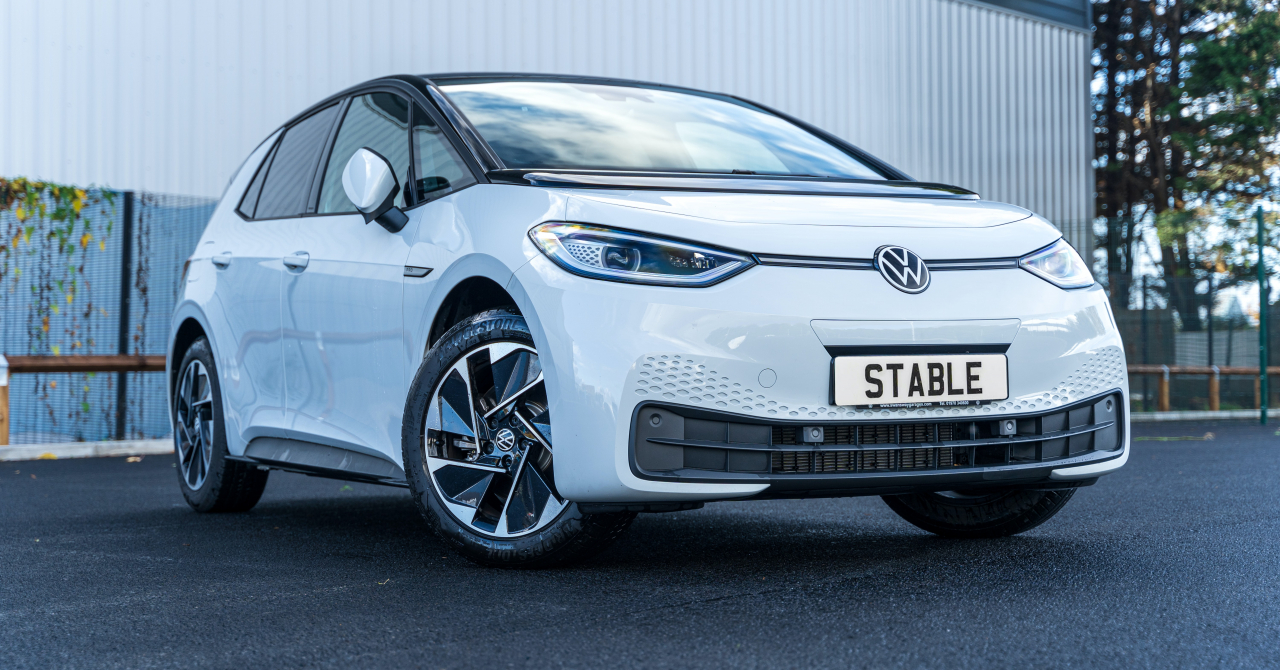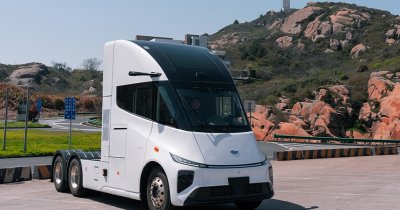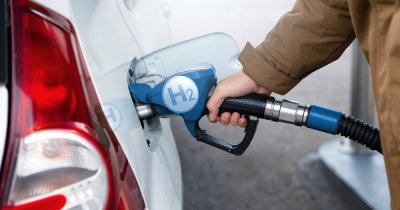What is an electric car
Electric cars or battery electric vehicles are completely different from cars powered by internal combustion engines (ICE), since they rely on an electric motor that is powered by batteries in order to propel themselves.
Electric cars are automatic and their drivetrains don't have any gears, similarly to a CVT (continuously variable transmission), which is why they deliver the power in a very linear way.
When the acceleration is being pressed, the batteries send power to the electric motor, which moves the car.

Electric cars can have one or more engines, depending on how the manufacturer designed the specific vehicle, with some vehicles, such as the Tesla Model S Plaid sporting even three electric motors, for more power.
Most electric cars use lithium-ion batteries for energy storage, since this battery technology is considered to be the most appropriate until newer, better battery tech comes around.
Types of electric vehicles
Technically speaking, there are multiple types of EVs, so let's do a quick summary of all of them.
Plug-in hybrid cars require to be plugged-in in order to get charged up again, although some models can receive power back into the battery through regenerative braking.
Self-charging hybrid cars don't have a charging port, so they can't be plugged-in for external charging. Instead, these vehicles rely on regenerative braking or the internal combustion engine in order to get the battery charged back up.
The advantage of these vehicles is that you don't have to worry about charging the car yourself.

Mild-hybrid vehicles are the least environmentally friendly EVs, since they don't use just the electric motor to propel the vehicle, so it can only aid the petrol/diesel engine in acceleration.
This means that it indeed does make running fossil-fuel-powered cars more efficient, but nowhere near as efficient as a full-hybrid. These types of cars are still able to make use of regenerative braking.
Charging an electric car
This is probably the biggest worry drivers have when EVs come to mind, as not all countries have the necessary charging infrastructure to fully support them on a long trip, for example.
Still, charging an EV can be done even at home, although charging times will definitely vary from model to model will be higher compared to using a charging station.
If you're able to hook up an EV at your home outlet, it might take around 6 to 8 hours to charge the vehicle, and if you're doing this overnight, you'll have a full battery on your car.
Standard public charging stations that run on AC current will charge a BEV to 100% in anywhere from 1 to 9 hours, depending on the car and charging station.

Fast charging stations that use DC charging will be able to juice up as much as 80% of the battery in 30 minutes, depending on your vehicle.
Some cars can go beyond that and charge at even faster rates, such as the Lucid Air, which can juice up 32 kilometers-worth of range every minute. Of course, this charging rate doesn't go on forever in order to protect the batteries and you need a charging station that can provide the required power, but if you're in the biggest rush to juice the car up, this is among the fastest charging EVs on the planet right now.
How far can EVs go on a charge
The range each electric car is able to get depends on many things, such as speed, acceleration, even weather has a say in how much kilometers you'll squeeze out of your battery.
Generally speaking, smaller city-oriented EVs, such as the Renault Zoe, the Dacia Spring and the Fiat 500e, get around 260-350 km, but that is if you drive them mostly in the city, where you won't be pushing the speed limit too far and you're more likely to stay still for longer periods of time at a stoplight for example, which prolongs the battery life for a single charge.
As soon as you drive these vehicles out of the city, especially on the highway, at over 100 km/h, their battery percentage goes down nearly every time you glance at the screen.
Larger electric cars that are more oriented for the long trips, such as the Tesla Model S or the Volkswagen ID.4, can go for around 500 to over 600 kilometers on a charge, as they have bigger batteries and more powerful electric motors that don't use as much power at highway speed.
Electric car advantages
Probably the biggest advantage of EVs is the fact that they don't release any direct emissions, outside the manufacturing process, which means that they are 100% clean to drive around.

Electric cars also require less maintenance compared to traditional cars, as they don't have as many moving parts and you don't need to use various consumables that are needed in an internal combustion engine.
Electric cars also offer better performance, usually, since they deliver the power instantly at any speed, thanks to the fact that the electric motor reacts instantly to a pedal press.
The cost of electric energy is usually lower than the cost of fuel, which is why driving a BEV can get you savings of around 700 USD per year compared to a traditional fossil-powered vehicle.
Electric cars drawbacks
The first drawback when it comes to EVs is the fact that these vehicles have less range compared to a car powered by a petrol or diesel engine.
Even the longest-range EVs are no match for ICE cars when it comes to distance traveled on a charge/fuel tank and if we talk hybrid vehicles, it's not even fair for the EVs.
Charging times are another thing to consider, as EVs take longer to "fill their tank up" compared to traditional cars, which can be back on a full fuel tank in a matter of minutes compared to tens of minutes or even hours.
Another thing to consider is that, for now, EVs are more expensive to purchase outright and if you plan to keep one for more than 5-6 years, you might need to get the batteries replaced, which is definitely an extra cost that you have to remember.

If under warranty, battery replacement will likely come for free, but out of warranty battery replacements might cost anywhere from 5.000 to 15.000 USD and even more, although this largely depends on the manufacturer and the EV.
For now, the BEV market is increasing at a fairly fast rate, but manufacturers must find ways to overcome the biggest challenge of this class of vehicles, which is battery life and charging times.
By improving the technology and enabling better range and faster charging speeds, more people will start to adopt electric cars and we will be able to move to a cleaner transport system.
Also, with time, the price of these vehicles will come down as well as lower-end models, like the Dacia Spring, will start to emerge, which will get more people to jump on the emission-free train.
 Mihai - Cristian Ioniță
Mihai - Cristian Ioniță












Any thoughts?